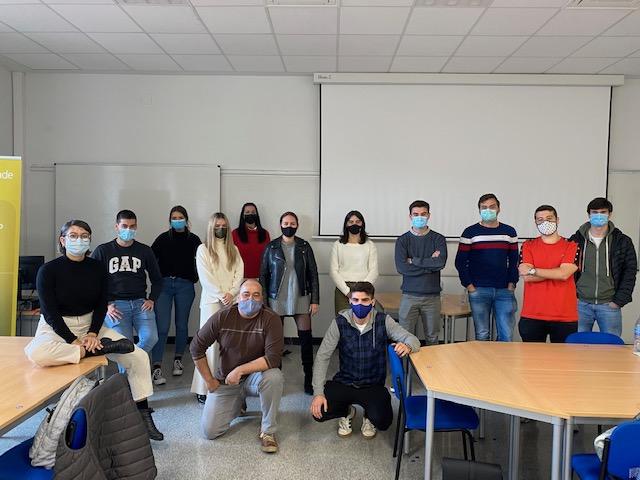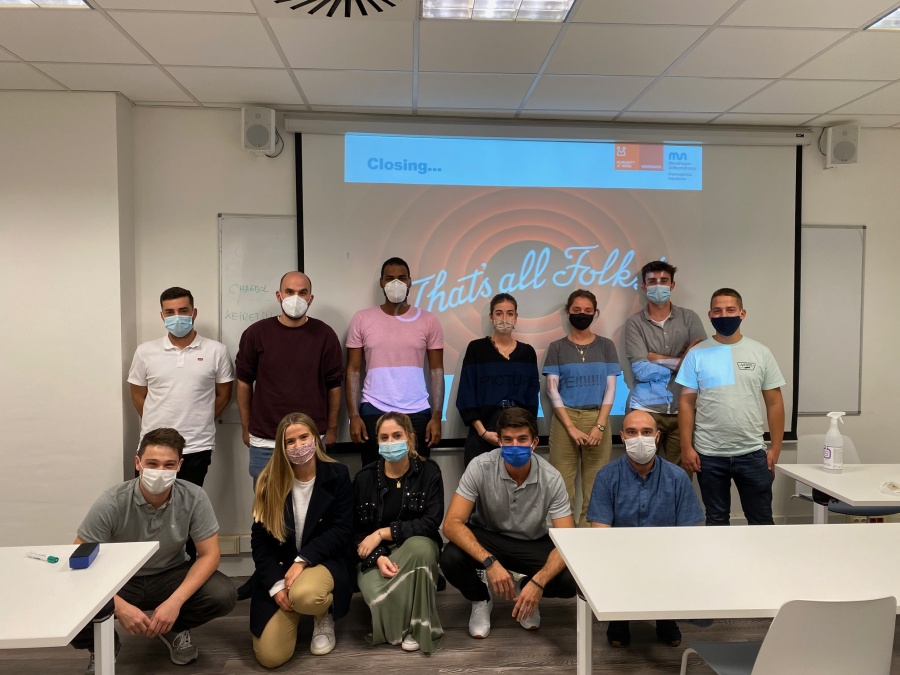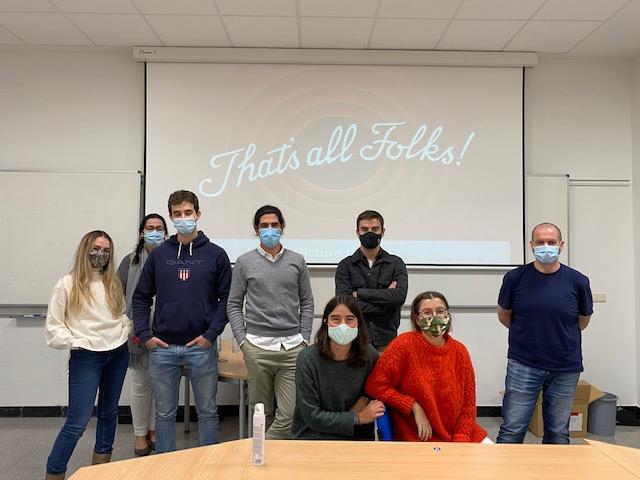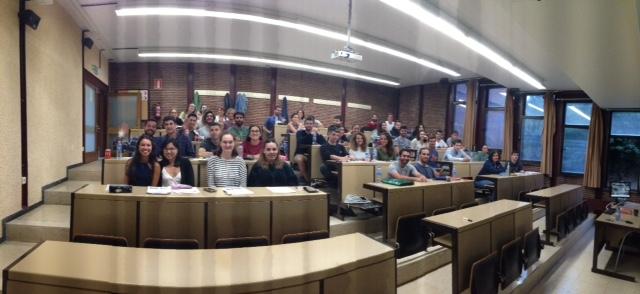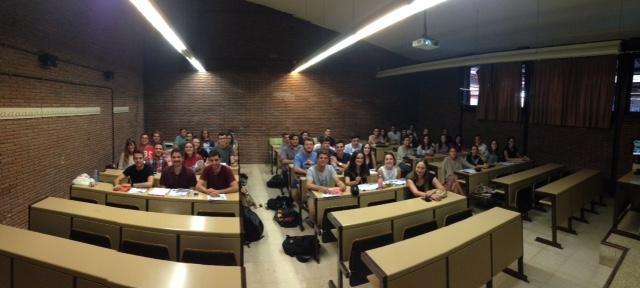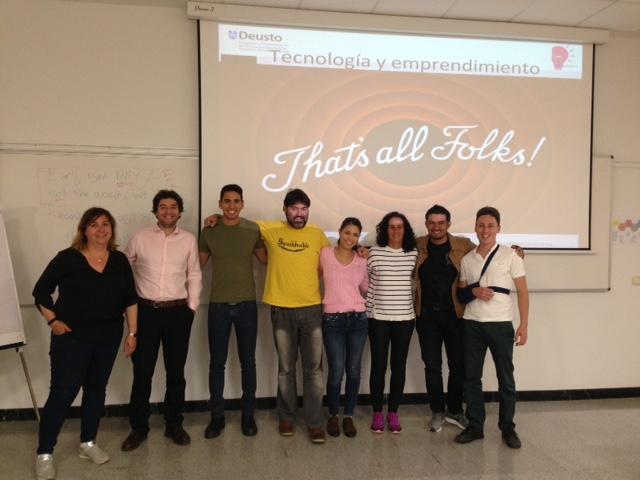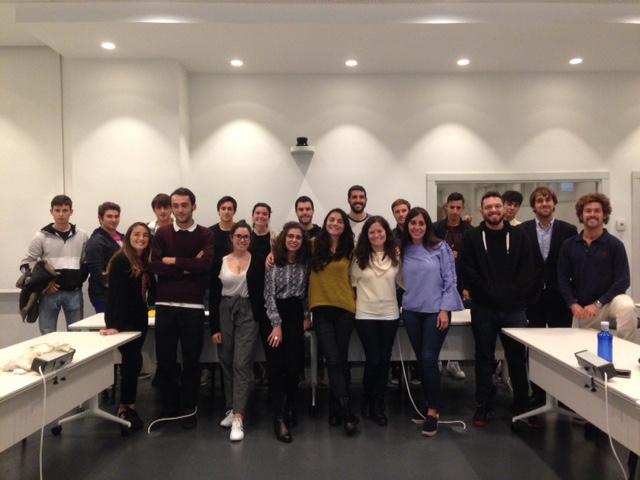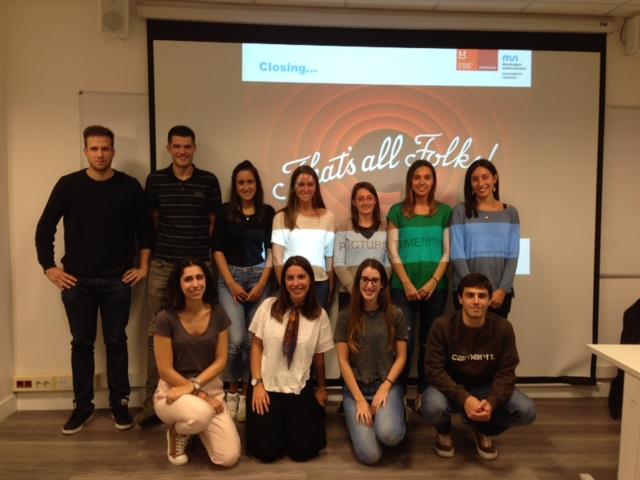Oct
14
2016
- By German Anitua Azkarate
- Rating:( 2980 votes )




Under the spell of conventional understanding of innovation
In certain countries and organizations under the spell of conventional understanding, the concept of innovation has lost its true intended meaning turning this enormously powerful and multiple oriented management technique into a buzzword with an almost certain expiry date. However, this is not being the case in other many major economies.
How are these responsible economies dealing with such a powerful technique is the question many policy-makers, business directors/owners and management consultants are trying to answer to since the beginning of the 21st century.
There has been a lot of material published on emphasising the importance of innovation in driving business growth. Professor Bill Fischer (2015) often quotes “innovation comes from the quality of the conversations of those (people) capable of implementing new ideas to create value”.
Professor Fine (1998) Argued and still (2016) argues how the ultimate core competence to any firm is mastering the art of supply chain design. This argument is relatively easy to be sustained by a large firm or a multinational. However, have the SMEs the ability to design their supply chains and could it be achieve by means of product innovation? Could product innovation entitle those SMEs to re-position themselves with the supply chain and gain a competitive position within their global/sectorial supply chain? Could product innovation strategy (according to its degree of development) become something more than just a marketing growth strategy and establish itself as the most powerful re-position technique? And if so, how could SME´s directors/owner manage this transition and deployment?
According to Kelley (2010) Innovation is scary because it is all about change. The changes required by minor innovations are easier for customers and organizations to absorb. But the large changes generated by major innovations often agitate not only the market, but the internal workings of the organization as well. This requires organizations to become increasingly flexible and adaptable. And companies that successfully innovate in a repeatable fashion have one thing in common: they are good at managing and adapting to change and complexity.
1.1.- Managing innovation complexity: Markets and the internal organisation.
Diffusion of innovation is the process through which an innovation is communicated over time among the members of a social system (Rogers, 1995), meanwhile the characteristics that determine an innovation´s rate of adoption are: Relative advantage, Compatibility, Complexity, Trialability and Observability.
Rogers and Lewin (2003) introduced the term of “Adoption behaviour” as key to the diffusion of any innovation while determining how the criterion for adopter categorisation is “innovativeness” (the degree to which an individual is relatively earlier to adopt new ideas than other members of his social system). Hoffmann (2011) refers to it as the possibility that the same person in exactly the same situation can behave differently. Understanding the process of human perception is crucial to understanding behaviours. Besides, perceptions take place in situations where individuals are members of the social systems, and it is a perception that governs buying decisions. Most of the functional factors that stimuli perception contribute to define a country´s business systems.
1.2.- Innovativeness, business systems and ownership.
The central concern of the business systems approach is to explain international differences in firm organisation and firm behaviour. The focus is on the coordination of economic activities and on governance issues. National differences in the organisation of firms and markets are explained by differences in culture and in formal institutions (Lundvall, 1992).
Pedersen and Thomsen (1999) explicitly took up the “degree of discretion exercised by managers from property right holders” (Whitley, 1992), as an aspect of business systems. They were first to apply ideas from the business systems perspective to study ownership structures among hundred companies across Europe.
Thus, in the process of responding to the above argument I have structured the following two critical questions:
1. What should be the degree of discretion any owner of a SME should exercise when product innovation drives the firm´s business growth on diverse business systems?
2. Is it possible that certain business systems could lead a SME´s owner to consider an intrapreneurship growth based strategy as the best ownership practice to be deployed within the firm?
In my opinion, answers to these two questions is where it lies the foundations of any successful product innovation growth based strategy for the SMEs when it comes to consider how to manage ownership within the firm itself. This is the field I have been working on for the past two years and I shall pursuit for the next four years. Here, I would hereby like to thank to all those firms and managers who unselfishly participated and those who currently participate in this project. This has just started!!!!

Rate this post:







